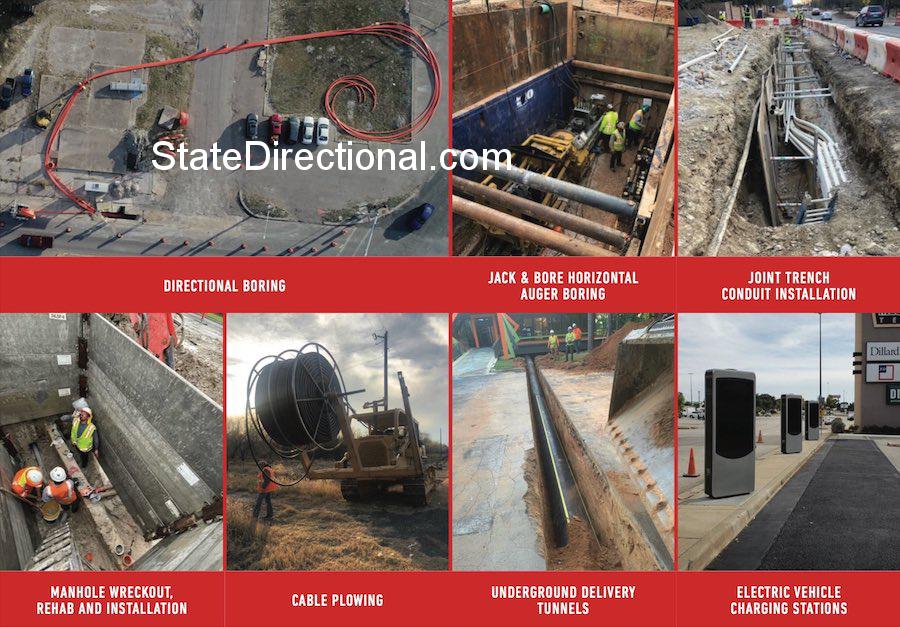Cable Plowing
Cable plowing is a method of installing underground cables or conduits by using a plow to create a narrow trench in the ground, laying the cable or conduit in the trench, and then burying it. This process is typically used for shallow installations of communication, electrical, or other types of cables.
During cable plowing, a special plow is used to create a narrow trench in the ground, typically 6 to 12 inches in depth. The plow cuts through the soil and pulls the cable or conduit along with it, laying it in the trench as it goes. Once the cable or conduit has been placed in the trench, the plow will cover it with soil and compact it to ensure a secure installation.
Cable plowing has several advantages over traditional methods of cable installation, such as trenching. These advantages include:
- Faster installation times: Cable plowing is a much faster process than trenching, as the plow can install cable or conduit at a rate of up to several thousand feet per hour.
- Reduced surface disruption: Since cable plowing only requires a narrow trench, there is minimal surface disruption during installation. This can help to reduce restoration costs and minimize the impact on the environment.
- Ability to work in a variety of soil conditions: Cable plowing can be used in a wide variety of soil conditions, including clay, sand, and rock.
- Reduced labor costs: The use of specialized plow equipment can reduce the amount of manual labor required for cable installation, helping to reduce labor costs.
Cable plowing is an effective and efficient method of installing underground cables or conduits, and is commonly used for shallow installations in a variety of industries.


